Sliding vs. Casement Windows: Which One Works Best Where?
When you’re designing or upgrading a home, the type of window you choose makes a big difference. Beyond just letting in light, windows affect ventilation, insulation, safety, maintenance, and even how a room feels. Two of the most common and widely used styles are sliding and casement windows. They may look simple, but each brings its own set of strengths, trade-offs, and ideal uses.
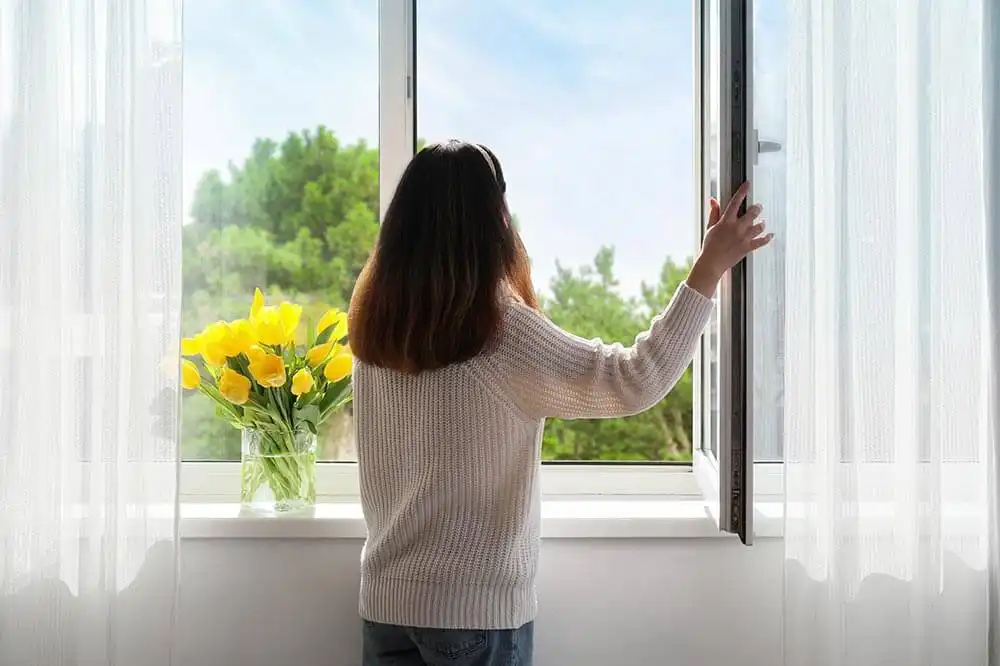
In this blog, you’ll get a clear, side-by-side comparison of sliding vs. casement windows, so you can make the right call based on your home layout, local climate, and personal preferences. We’ll also help you figure out which style works best in specific rooms and conditions; whether you're renovating an urban apartment or building a coastal villa.
Understanding the Basics
Before diving into comparisons, let’s start with what each window type actually is.
Casement Windows
Casement windows are hinged on one side and swing outward, like a door. They usually operate with a crank handle and can open either to the left or right.
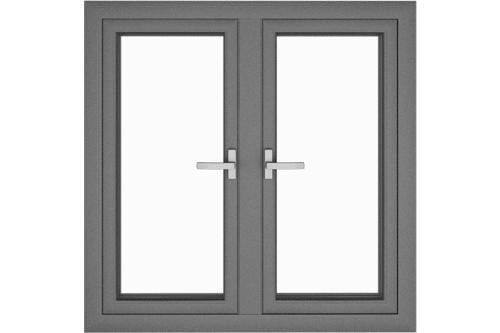
Sliding windows
Sliding windows open by sliding one glass sash over another on a horizontal track. They don’t require any extra space outside the wall to open.
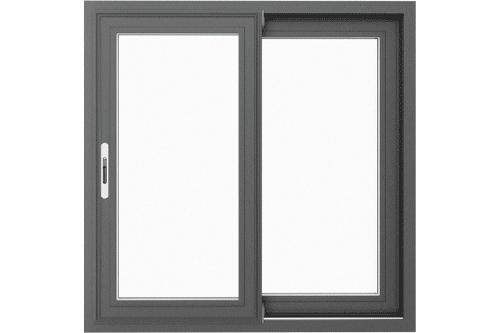
These two designs may look different, but both are used for residential homes around the world due to their ease of use and flexible installation options.
Casement Window Advantages
- One of the strongest reasons people choose casement windows is ventilation. Since they open completely outward, they allow maximum airflow into the room. This can be a major plus in areas where fresh air is important for comfort or moisture control.
- Casement types also offer a tighter seal when closed. Because the window sash presses firmly into the frame, it creates an airtight barrier. This makes them more energy efficient in extreme climates, whether you're trying to keep heat out or in.
- Security is another benefit. Since the locking mechanism is built into the frame and typically multi-point, it’s harder to force open a casement window from the outside.
- They also work great in places where you want an unobstructed view, the entire pane of glass is visible without any bars or rails in the center.
- What’s more, you can learn more about casement window from other comparison guide — Casement Windows vs Double Hung Windows
Sliding Window Benefits
- Sliding types are popular for their simplicity and durability. Fewer moving parts mean less that can go wrong. You just slide the window open and close it; no cranking, no hinges, and no swinging panels to worry about.
- This style is especially useful in tight outdoor spaces, like balconies, patios, or walkways, where an outward-opening window would get in the way. You get light and airflow without sacrificing clearance.
- Those windows also tend to be easier to maintain. With no hinges or mechanical cranks, there's less hardware to rust or break. Many sliding window frames are designed to pop out the glass for quick cleaning, making them ideal for larger openings in modern homes.
Ventilation: Which One Wins?
If airflow is your top concern, casement windows typically outperform sliders. Because they open outward at an angle, they can catch side breezes and direct airflow into the room. This makes them especially useful in climates where natural cooling is a must.
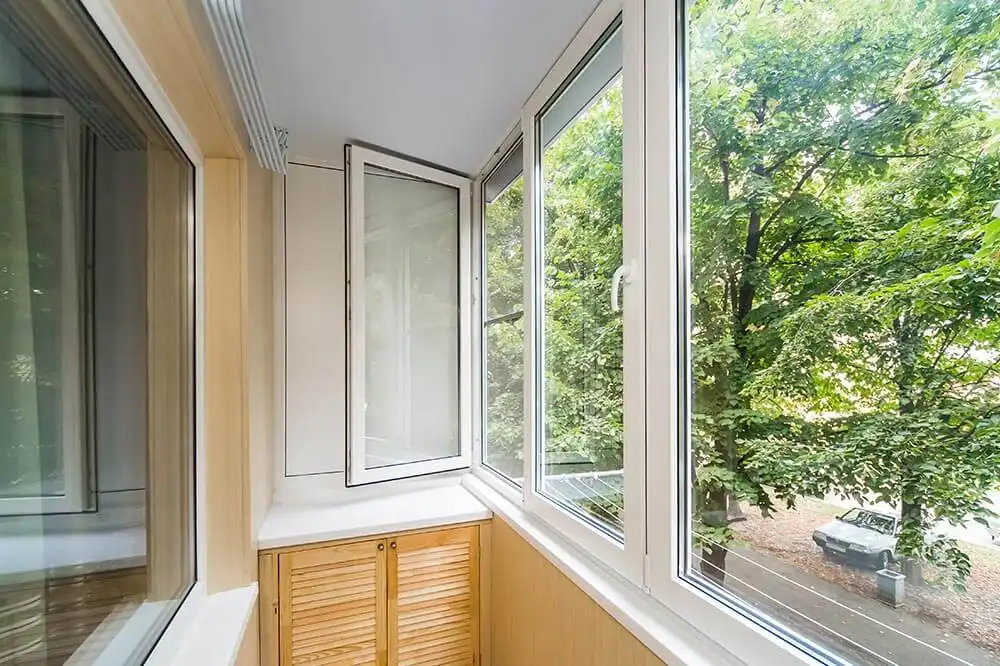
Sliding windows, while still good for airflow, only allow about half of the total opening to be used at one time. You’ll get decent cross-breeze in some rooms, but not the full ventilation casement windows offer.
If you’re designing a room that often gets stuffy, like a kitchen or bathroom, or you're in a humid climate, casement windows will help more with moisture control and airflow.
Energy Efficiency and Insulation
When it comes to energy savings, the seal matters. Casement windows generally have a stronger, more weather-tight seal. Once closed, the sash pulls tightly into the frame. That design naturally blocks drafts, helping reduce energy loss from heating or cooling systems.

Sliding windows can also be energy efficient, but they’re more dependent on high-quality materials and proper installation. The track mechanism is slightly more vulnerable to air leaks if not sealed properly.
However, both styles can be fitted with Low-E glass, double or triple glazing, and insulated frames, which can drastically improve their energy efficiency.
Maintenance and Cleaning
If you want something easy to clean and maintain, sliding windows may be the better pick. Their simpler design has fewer moving parts, and many models allow the sliding panel to be lifted out for indoor cleaning; no ladder required.
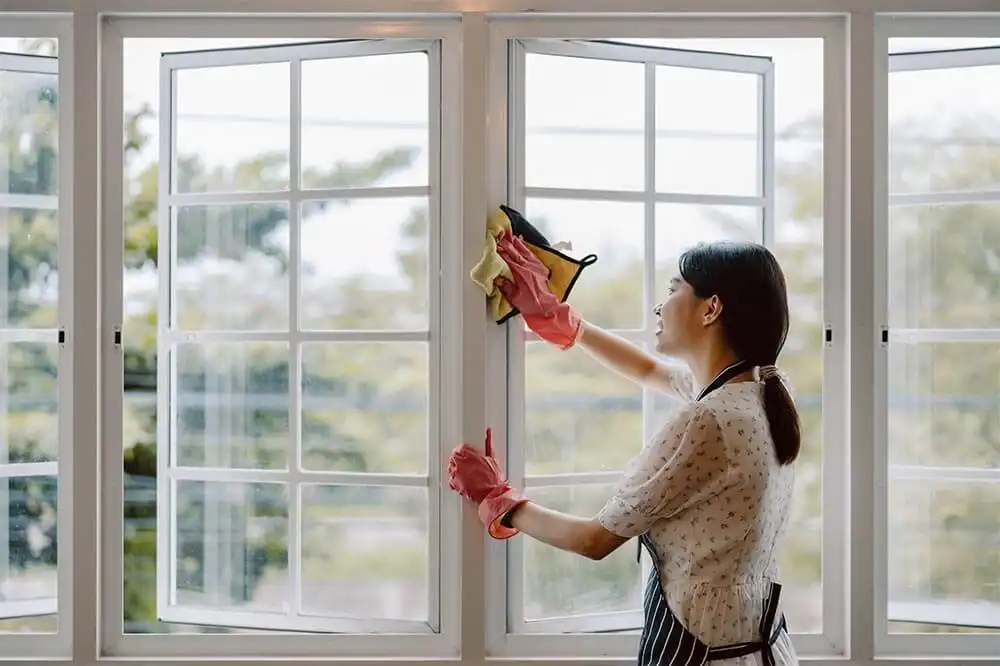
Casement windows, on the other hand, can be a bit trickier, especially if they open outward on higher floors. You might need to clean the exterior glass from outside or invest in tilt-and-clean versions, which cost more.
That said, modern casement windows are now available with removable screens and easier cleaning mechanisms, so this is less of an issue than it used to be.
Space Considerations and Aesthetic Fit
Sliding windows work best in areas with limited outdoor space. They’re great for openings that are wider than they are tall and are often used in modern, minimal homes. Since the panels slide sideways, they don't interfere with furniture placement or patios.
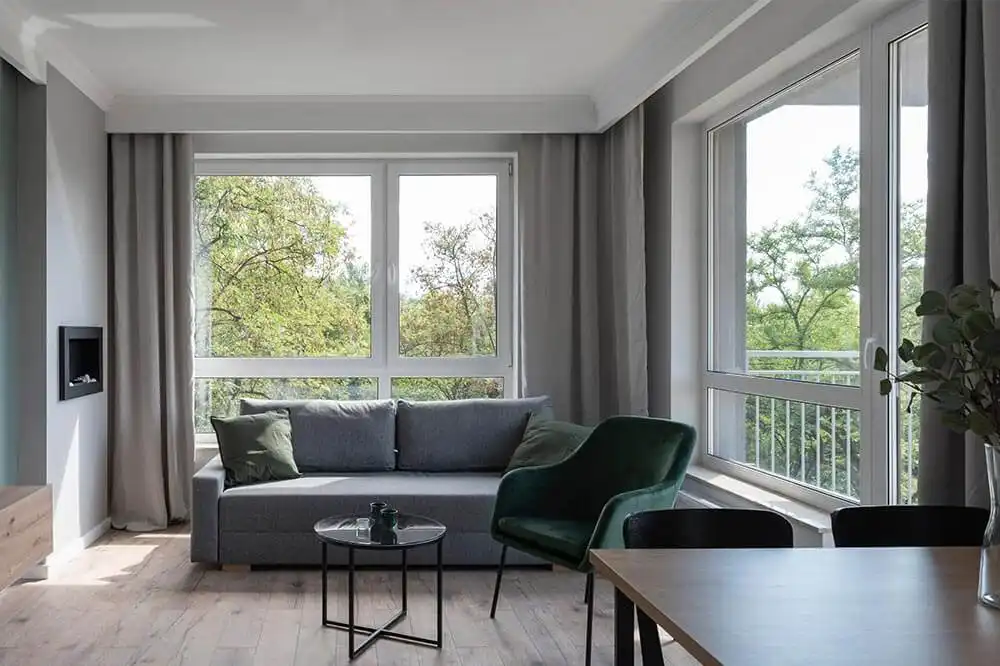
Casement windows, by contrast, open outward, so they need exterior clearance. You don’t want to install them in places where the sash could bump into bushes, railings, or walkways. But for narrow window spaces or vertical frames, casement windows often look more elegant and provide better light exposure.
If you care about symmetry, casement windows offer a clean, unbroken pane of glass, which fits well with both classic and contemporary designs.
Durability and Long-Term Use
Both types can last for decades if built from quality materials and installed correctly. However, casement windows have more mechanical parts (like cranks and hinges), which may need adjustment or replacement over time, especially in areas with high humidity or salt in the air.
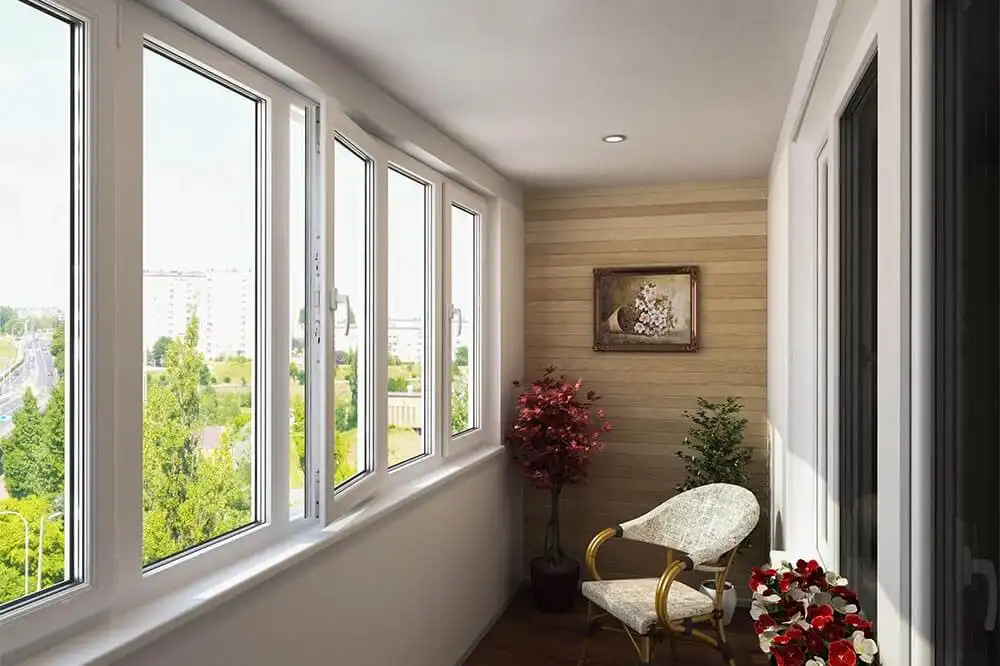
Sliding windows tend to wear slower in this respect, but dirt and debris can build up in the tracks if not cleaned regularly. This can lead to jamming or difficulty sliding, though proper maintenance keeps this from becoming a problem.
The lifespan for both window types largely depends on the frame material. For maximum durability, materials like uPVC, fiberglass, or thermally broken aluminum are the best options for either style.
Cost and Installation
When it comes to cost, both sliding and casement windows come in a range of prices depending on their size, brand, materials, and added features like built-in screens, UV coatings, or upgraded insulation. With that being said, sliding windows are generally more affordable upfront. Their simple design, where one or more sashes slide horizontally, means fewer moving parts and easier installation, which can lower both product and labor costs.
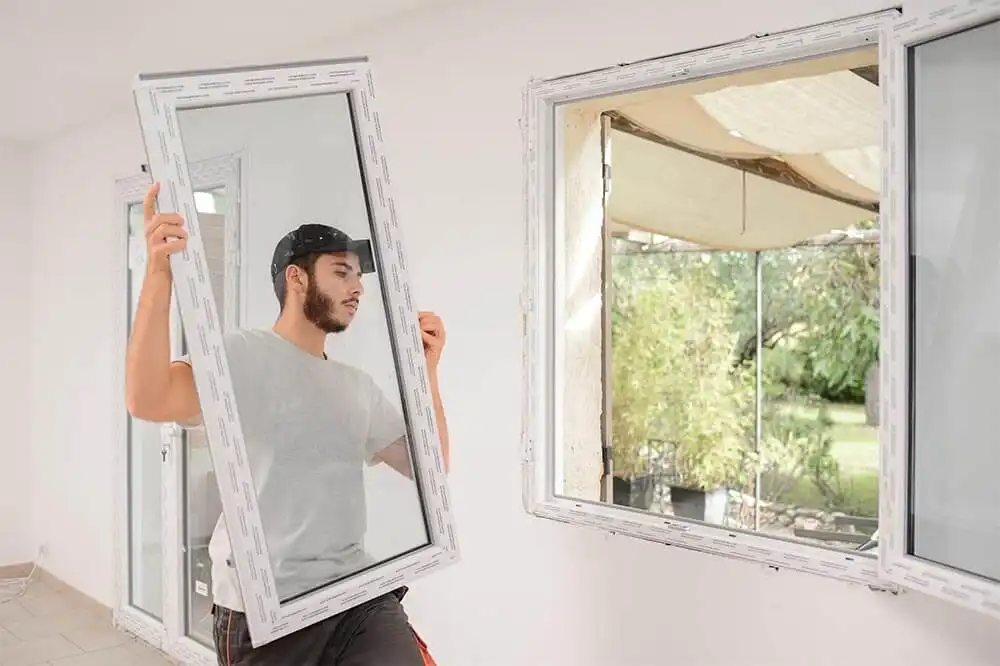
Casement windows, on the other hand, tend to be a bit more expensive. This is because they come with heavy-duty hinges, hand-crank handles, and compression seals that tightly close the window, preventing air leaks. These added components boost energy efficiency and security, but they also increase the price. Installation may also take longer, especially if precise leveling or custom fitting is needed for the swing-out design.
That said, many homeowners consider the higher cost of casement windows a smart investment. Their superior sealing helps reduce heating and cooling bills over time, and the enhanced security features like multi-point locking systems offer peace of mind. Hence, while you might pay more upfront, the long-term benefits can make up for the initial price difference.
Where Each One Works Best
Use Casement Windows in:
- Kitchens and bathrooms where maximum ventilation is needed
- Homes in hot or humid climates for better sealing and airflow
- Rooms facing prevailing winds for passive cooling
- Narrow vertical openings where sliding windows won’t fit
Use Sliding Windows in:
- Living rooms or bedrooms with wide wall spaces
- Apartments or areas where outward-opening windows could be a hazard
- Modern homes with minimalist design goals
- Second floors where easy interior cleaning is preferred
Which One Should You Choose?
There’s no one-size-fits-all answer to the sliding vs. casement windows debate. It really depends on your space, style, and how you use your home.
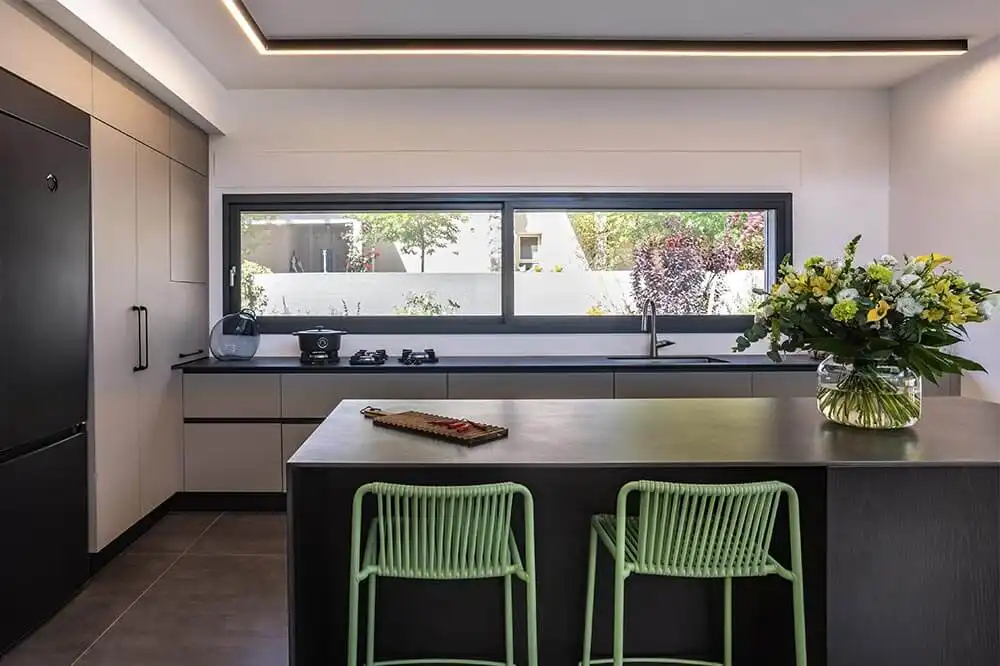
If you’re after maximum airflow, better sealing, and a sleek vertical style, casement windows might be the better fit. They shine in humid or windy regions and offer better insulation and security.
If you want something practical, affordable, and easy to maintain, sliding windows are a smart choice especially in wide spaces or modern layouts.
The good news? You don’t have to pick one or the other across the entire house. Many homeowners mix and match both types depending on the room and purpose.
Need Help Choosing the Right Window Style?
Whether you're building new or replacing old windows, WANJIA offers both sliding and casement window solutions in energy-efficient, weather-resistant materials. From modern homes to tropical builds, our team can help you choose the right styles for your space, climate, and design goals.
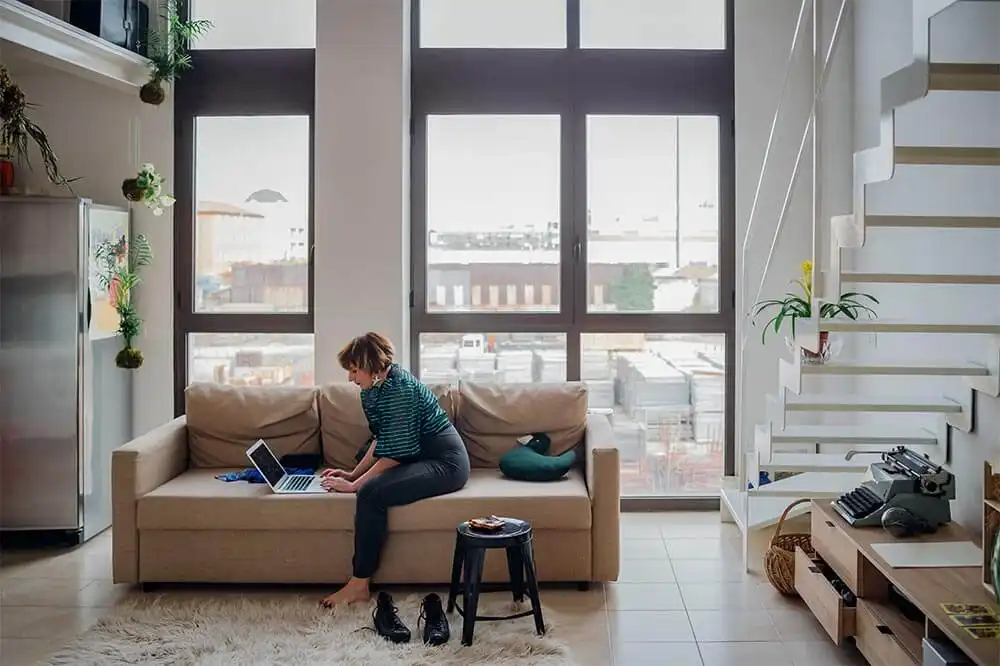
Contact WANJIA today to get expert guidance and high-performance windows that look great and last long!
Related Glass Window Blog: A Guide to Purchase Glass Windows: What Should I Consider?
Other Casement Window Comparison Guide: Casement Windows vs Double Hung Windows
